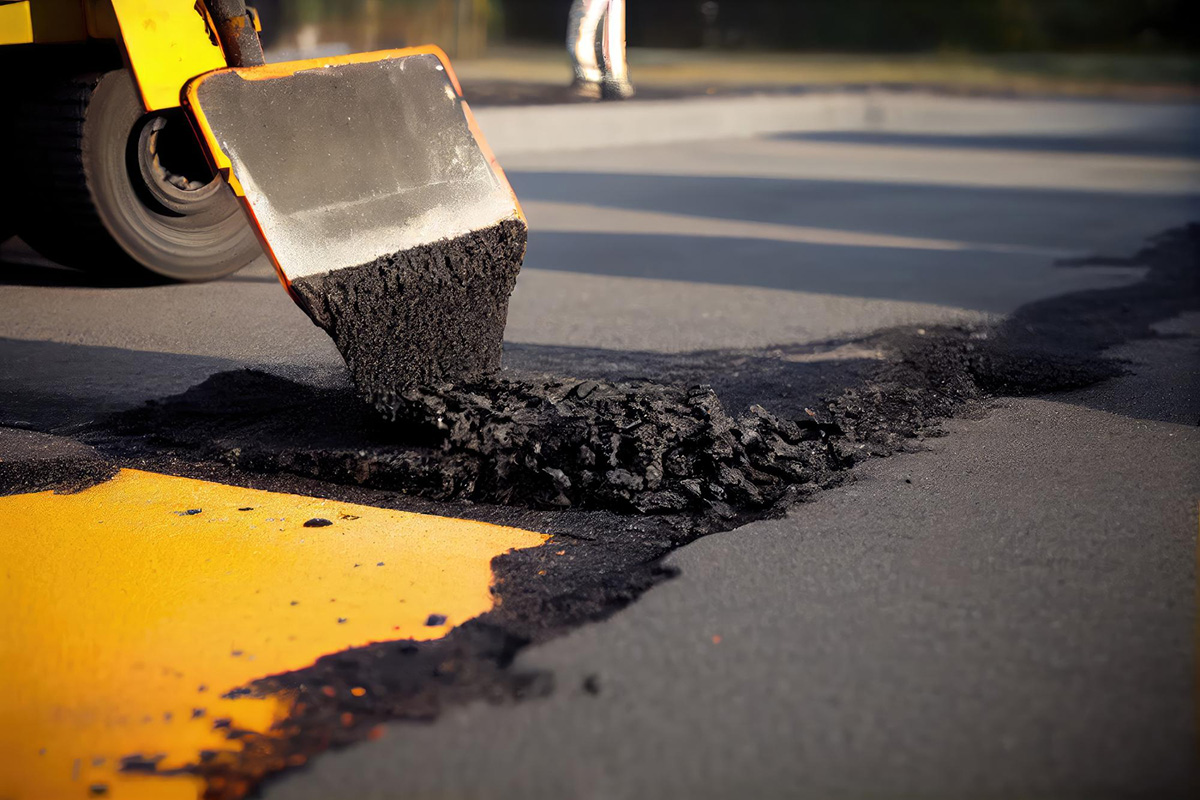Understanding the Different Types of Asphalt Patching Materials

As homeowners or business owners, we always strive to maintain the safety and appearance of our properties. One of the most crucial aspects of property maintenance is ensuring that the pavement remains in top condition, especially when it comes to asphalt pavements. However, even with the best maintenance practices, damages on asphalt pavements are inevitable, requiring prompt repair to prevent further damage. That's where asphalt patching comes in. In this blog post, we'll discuss the different types of asphalt patching materials commonly used by asphalt contractors in Tavares, FL.
1. Cold Patch Asphalt
Cold patch asphalt is a versatile patching material that is commonly used for repairing small cracks and potholes on paved surfaces. As the name suggests, cold patch asphalt doesn't require heating before application, making it convenient for quick repairs. The material is pre-mixed and ready to use, meaning that it can quickly bond with the existing asphalt pavement when applied correctly.
2. Hot Mix Asphalt
Hot mix asphalt is a popular option for repairing larger and more extensive asphalt pavement damages, such as large potholes or extensive cracking. This patching material requires heating at an asphalt plant before application to achieve optimal results. Once delivered to the repair site, the hot mix asphalt is poured and applied to the affected area, creating a strong bond with the existing asphalt surface.
3. Asphalt Millings
Asphalt millings are recycled asphalt pavement materials that are known for their durability and cost-effectiveness. The material is obtained by grinding the existing asphalt pavement into smaller pieces, which are then used to patch up any existing damages. Since the process of obtaining asphalt millings requires minimal heating, it is an eco-friendly and economical patching option.
4. Polymer-modified Asphalt
Polymer-modified asphalt is a specialty patching material that creates a stronger and more durable patch compared to other conventional patching materials. The material is created by adding a polymer compound during the heating and mixing process, creating a lasting bond with the existing asphalt pavement. This type of patching material is recommended for high-traffic areas or regions that experience harsh weather conditions.
5. Recycled Asphalt Shingles
Recycled asphalt shingles are another eco-friendly patching material option that is becoming increasingly popular among asphalt contractors. The material is made from recycled asphalt shingles, which are processed into smaller pieces and used to patch up small to medium-sized damages on an asphalt pavement. Since the process of obtaining recycled asphalt shingles requires minimal heating, it is an eco-friendly and cost-effective patching option.
Conclusion
In conclusion, identifying the right asphalt patching material for your pavement repair needs is crucial in ensuring the longevity and durability of your asphalt pavement. Each of the patching materials highlighted in this blog post has its strengths and usage, depending on the extent of damage being repaired. By working with a professional asphalt contractor in Tavares, FL, you can rest assured that they will recommend the most suitable patching material for your specific repair needs. Contact Reliable Pavement Maintenance today for an estimate!